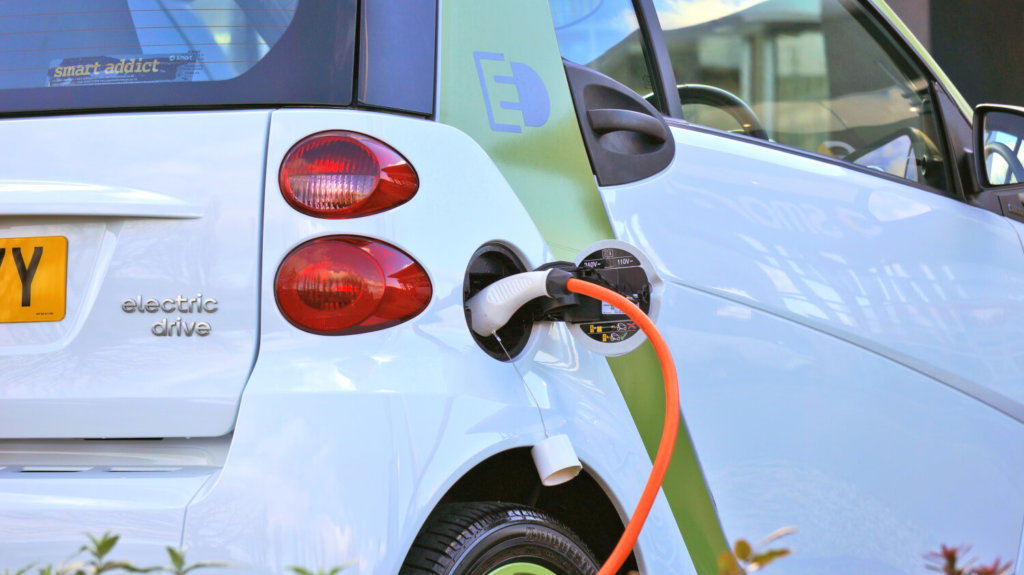The Case for Electric Cars

Electric cars—not only are they coming, but they were here first. Very early automobiles were, in fact, electric. We got a little sidetracked into the whole internal combustion thing for about 130 years, but not to worry, electric cars are back, with a vengeance.
Virtually all of the major car manufacturers are gearing up to offer competitive electric cars: this includes the high-end marques. Porsche has the Mission E coming next year, Volvo has the Polestar line of electric vehicles rolling out in two years, and look for Mercedes, Lexus and the like to not just offer fully electric vehicles but to position them in the showrooms so that the consumer is actually drawn to them, and so that the salespeople are actually pushing them in a competitive fashion.
Up until now only Tesla has had electric cars that were fashionable, fast and offered serious competition to the higher-end luxury vehicles. General Motors’ Bolt, while it has a long range, looks like a football crossed with a torn pocket; Nissan’s Leaf is under-powered, generic, forgettable and due for replacement. And yet Freedom Nissan of South Burlington was recently the second highest seller of these cars in the U.S.!
Change is in the wind, on the highways, and in your garage.
Why? For starters, range-anxiety is about to go the way of the Hula Hoop. When the average range of an all-electric vehicle was anywhere from 30-60 miles, who would want to take a chance you would end up by the side of the road waiting for the tow truck? But by next year most of the electric cars offered will have ranges that exceed 200 miles. Batteries are better, vehicles are lighter, and charging stations will be more readily available.
Imagine living in Pittsburgh in 1913 and owning your own Model T. The good news in Pittsburgh that year was that you could go down to the first-ever filling station and buy gasoline. Before that you were responsible to import your own ethyl (as it was known then), probably by horse-drawn carriage. We have come full circle to providing our own fuel in our home, as long as your travels don’t take you more than a couple of hundred miles, in which case you need to find public charging stations. For this you can use any one of several apps, like Charge Point and Plug Share, that will show you where you can charge your car and even indicate if parking spaces are available. A map of charging stations in Vermont shows roughly a dozen of these public charging stations spread throughout the state
I recently spoke with someone who does future modeling in electric consumption for the county of San Diego. It turns out that private electric cars aren’t the only thing about to rapidly multiply. Fleet electric vehicles are on the way. The San Diego airport is considering switching over to them for their airport vehicles, which are currently mostly diesel driven; the airport owns a lot of empty land around runways that could be used for solar panels, which in turn could power the airport’s vehicle fleet.
New England is a bit limited in its ability to use solar power compared with California, but solar power is here to stay—the cost of solar panels, despite the recent tariffs, is going down while their efficiency is going up.
A sticking point may be the lack of electric transmission lines that can handle increasing traffic as home charging of electric cars increases. I have long been in awe of Green Mountain Power, if only because, despite the rural nature of the power grid, we rarely lose power. Did you know the average outage of power in Vermont is two hours? Presumably somebody at Green Mountain Power is staying up late, figuring out how to accommodate the eventual increase in electric flow due to charging needs of homeowners and fleet managers.
How fast will this change occur? If your next car isn’t electric, the one after it probably will be. The Tesla 3, which promises to be a $35,000 to $45,000 car with all the bells and whistles of the bigger, badder Tesla S, is slowly ramping up production, and it will be challenged in the next year by similar offerings from most if not all of the competing major car manufacturers.
Why might you want an electric car? You can start one with your I-phone or, in the case of the Tesla 3, warm it up before you get in it. Within the next year or two, most will offer adaptive cruise control, which means it will follow the car in front of you, slowing down and speeding up as needed, and many of them will steer inside your lane as well. Over time this means fewer accidents and injuries. These features aren’t limited to electric cars, of course, but they are indicative of the trend toward autonomously driven cars, and the vast majority of those being tested by Google and Apple are electrically powered.
Mason Daring is a writer, film composer, record producer and teacher at the Berklee School of Music. He has no idea how many cars he’s had over the years; he stopped counting when he got to fifty.

